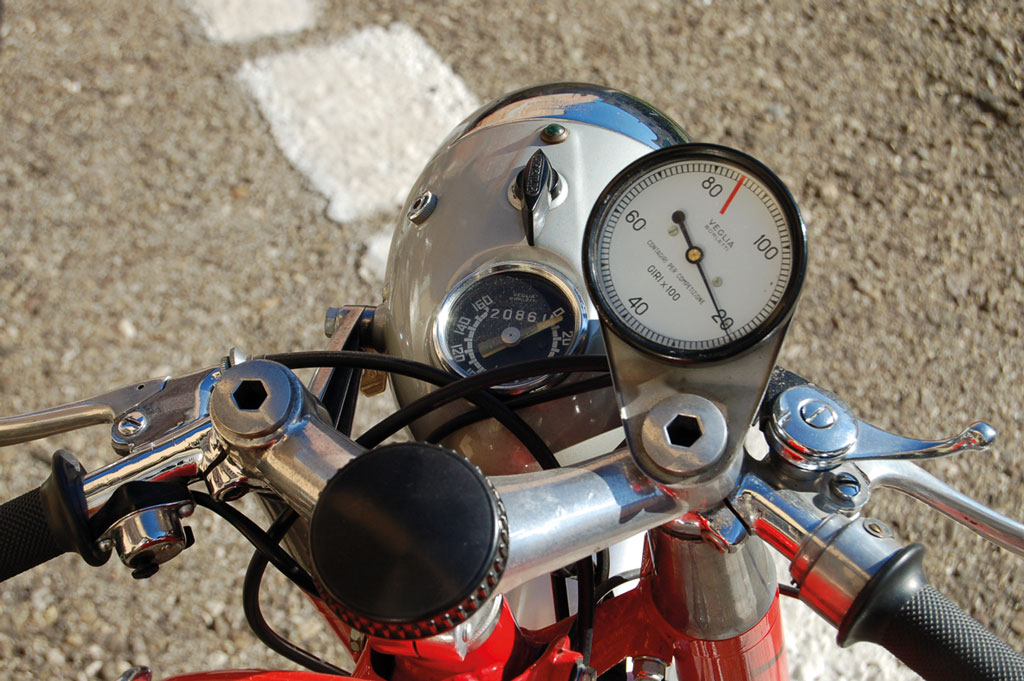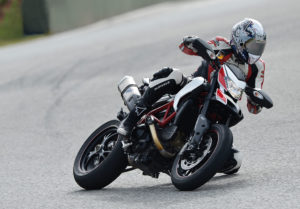I read the
answer of the excellent Lauro Micozzi to his friend Rocco,
regarding the doubts about the chassis numbers and homologation of a motorcycle, alleged Mark 3, on which Rocco asked for clarification.
I have two Mark
3D 350 cc, one
in an “original” robe and one in a “special” robe. Of the “two caps” I have owned since December 1970: the bike is registered april 1970 and the only variant is the tank, which I replaced because it passed through my hands and I did not let it slip away.
I have always taken care of both vehicles myself, with specific reference to the cycling part. So I have absolutely no doubt about the originality of the bike (I always talk about the “two caps”). In this capacity, I think I can provide my friend Rocco with more information. My bike also has the following stamped data on the steering notto: chassis number DM350S*35075*, type approval number: DGM7736-OM. So there’s the “S” and there’s scrambler approval.
As far as I am concerned, the “case” was born when the periodic review became mandatory in order to be able to circulate on the road. On that occasion, I noticed that the size of the Scrambler wheels was shown on the traffic book, i.e. front: 3.50 x 19″, rear: 4.00 x 18″. In my case, I still managed to put the bike in order, however I discovered what Micozzi considers a remote eventuality. As it appears from all the documents on the history of Ducati, first the
Scrambler model
was born, then, in turn, came the Mark 3 first series, in the displacements of 250 and 350 cc.
Finally, the 450 model of the Scrambler and mark 3 was presented (in 1968, if I remember correctly). Now, I heard that the road start of the bikes at that time was taking place with a certain lightness and the Scrambler and the Mark 3 were registered using the same type-approval cunts. For the 450 a separate route was followed: in fact, for this model I saw a booklet indicateing code DM8586. OM, and in which the dimensions of the wheels, for example, have returned to be those of specification, i.e. 2.75 x 18″ at the front and 3.25 x 18″ at the rear.
Everything came back in place after the presentation of the second series, with the split between the Mark 3 and the Desmo (the silver bullet) in 1971, for all the displacements involved. So, to Rocco I would say, first of all, not to miss the opportunity to get your hands on a now very rare medium and then rely on an examination of the medium, rather than the marking, to determine if it is of Scrambler or Mark 3 origin.
A very important clue is the analysis of the end of the rear frame at the rear fender attachment: the Scramblers had curved it at the top, the Mark 3 had it perfectly straight. If some cunning tried to “taroccare” the medium, then there should be signs of straightening or welding. The swingarm also helps with analysis: scramblers had two sheet metal reinforcement triangles at the suspension attachment beads.
Sergio
The Editorial Staff responds
Dear Sergio, thank you very much for your contribution, which we gladly publish so that it can also help our other readers.





